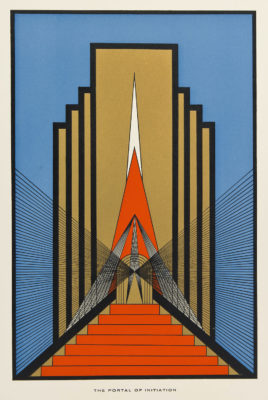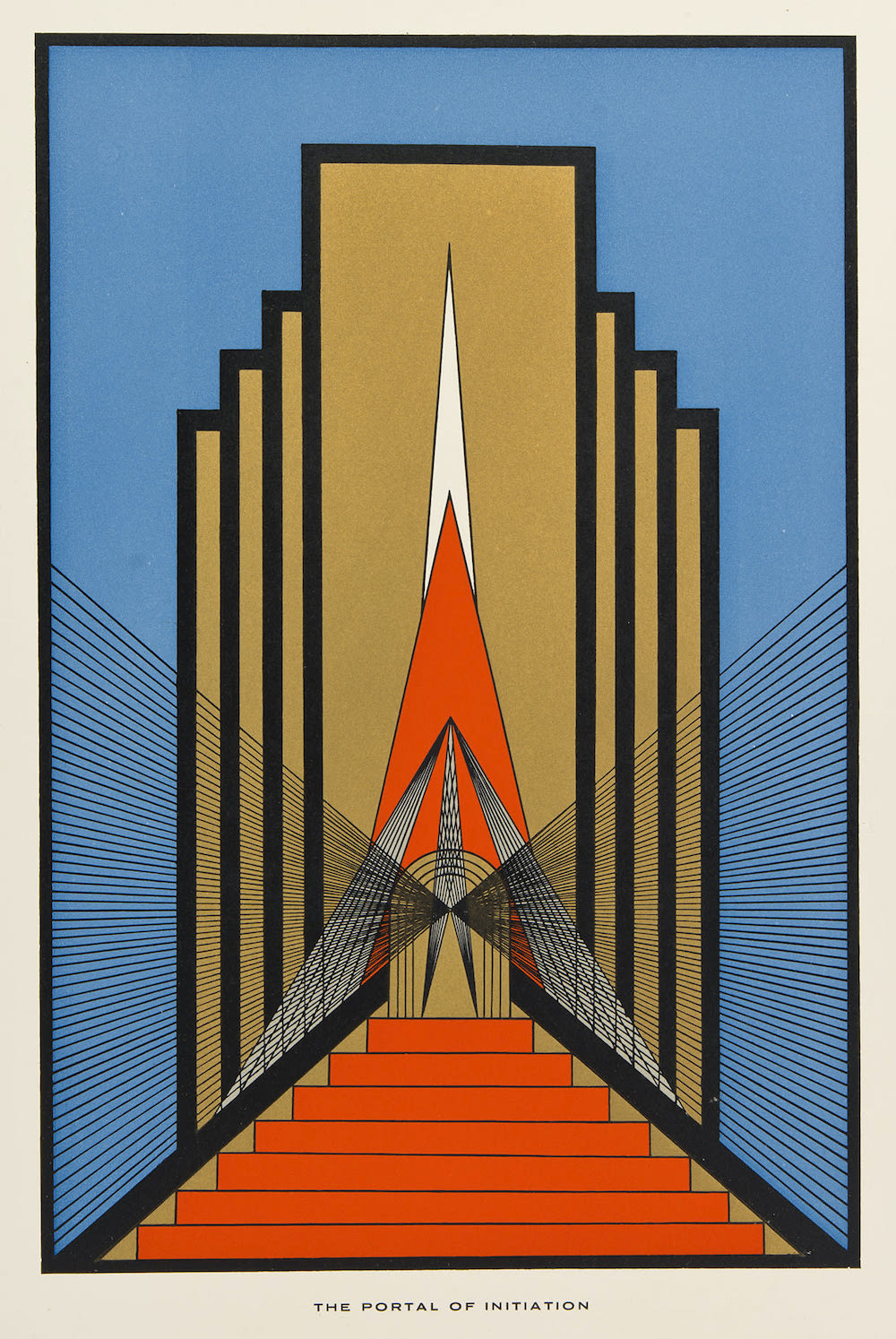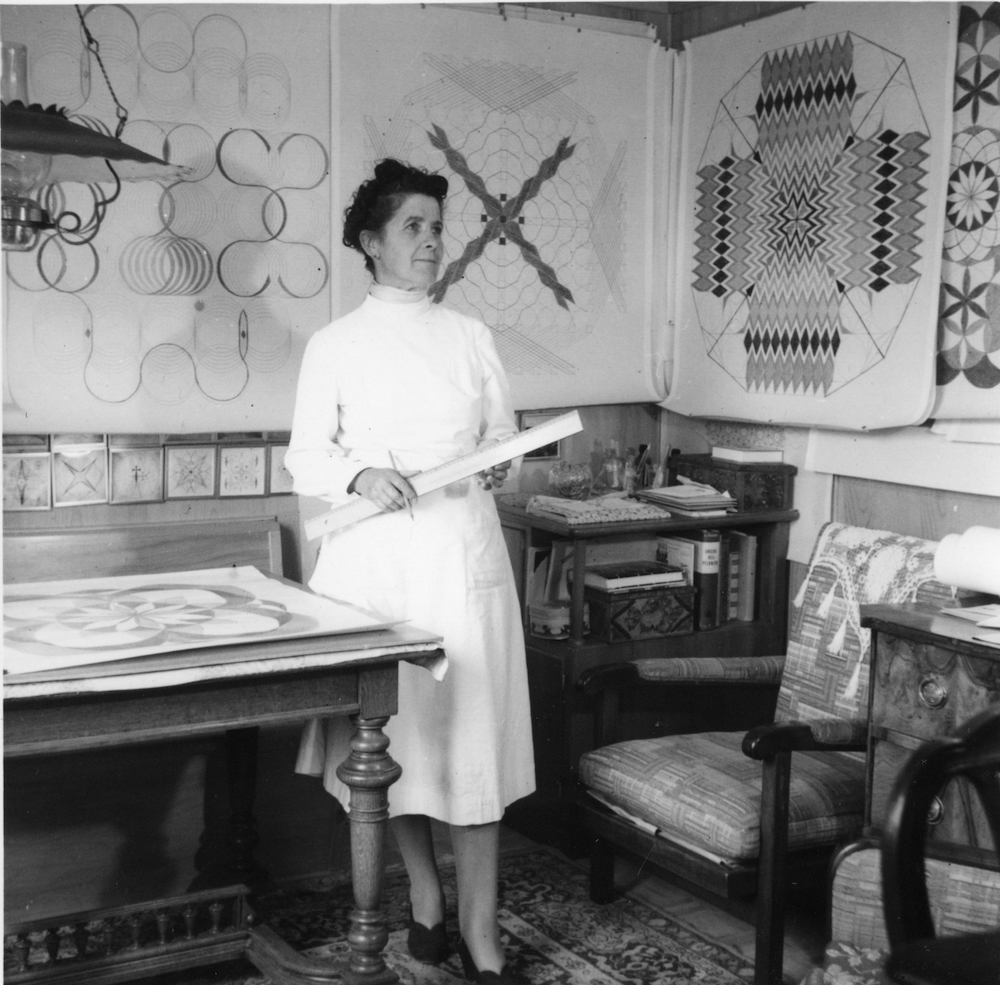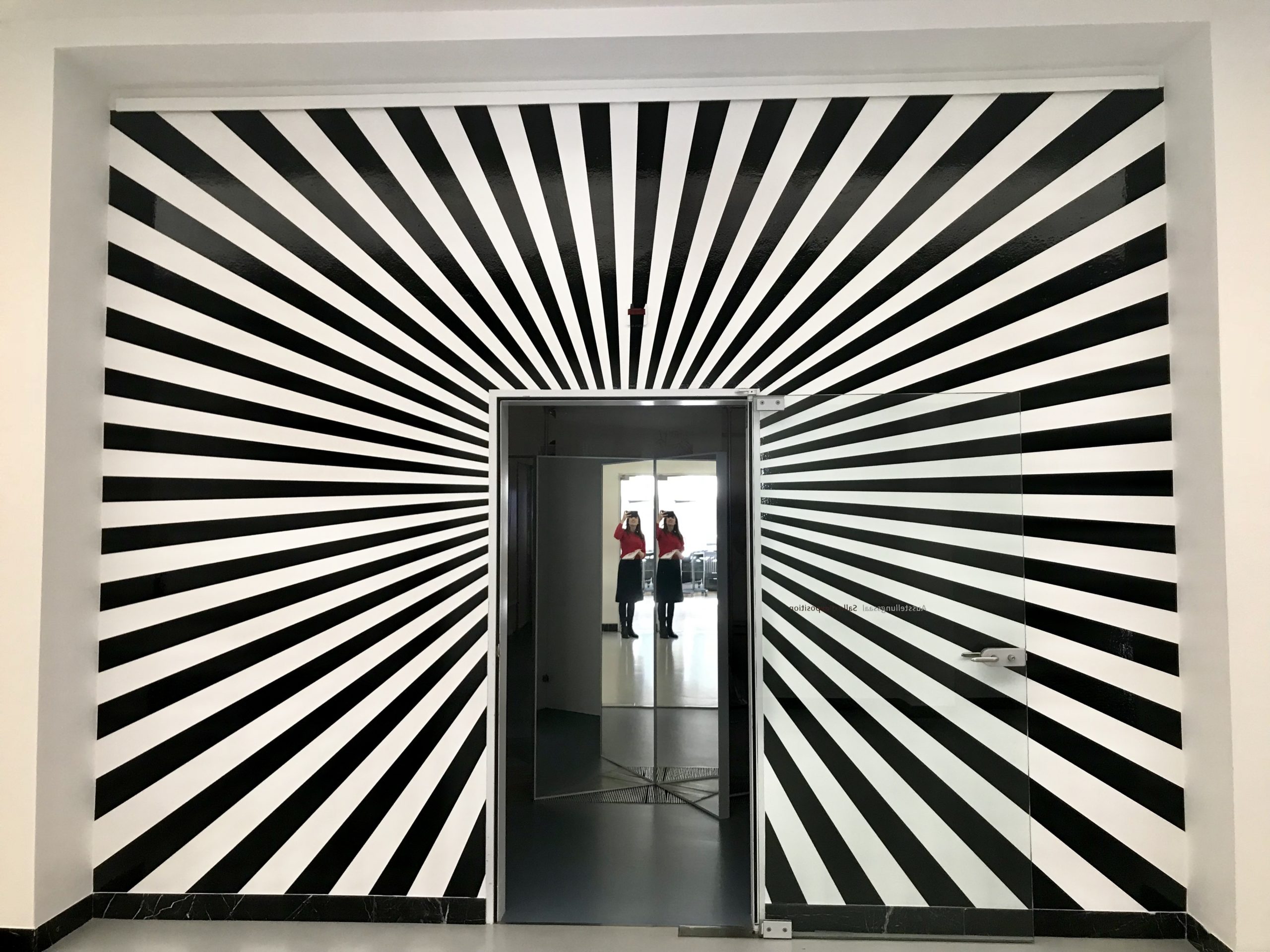Search
To search for an exact match, type the word or phrase you want in quotation marks.
A*DESK has been offering since 2002 contents about criticism and contemporary art. A*DESK has become consolidated thanks to all those who have believed in the project, all those who have followed us, debating, participating and collaborating. Many people have collaborated with A*DESK, and continue to do so. Their efforts, knowledge and belief in the project are what make it grow internationally. At A*DESK we have also generated work for over one hundred professionals in culture, from small collaborations with reviews and classes, to more prolonged and intense collaborations.
At A*DESK we believe in the need for free and universal access to culture and knowledge. We want to carry on being independent, remaining open to more ideas and opinions. If you believe in A*DESK, we need your backing to be able to continue. You can now participate in the project by supporting it. You can choose how much you want to contribute to the project.
You can decide how much you want to bring to the project.

Two women from the same generation, who probably never met. However, both lived at relatively close distance in Switzerland and despite their distinctive social background they developed a creative practice at the crossroad of healing (body and soul), art and research. Both dedicated their lives to study the nature of the universe and of humankind through the conception of polysemic image systems. Olga Fröbe-Kapteyn’s and Emma Kunz’s worlds were nurtured with interest in science and biology and by an opening to ancient and non-western cultures, imbued with spiritual dimensions. In times of social and political unrest, they devoted themselves to their art in an expanded field, believing in its agency, and its curative and re-enchanting power. An art using geometric patterns and symbolism infused with their practice of weaving, archetypal images, ornaments and with a thorough observation of the micro and macrocosm leading to the imagination of a singular cosmos.
The work of both women has been brought to light for a wide audience posthumously. Some of their artworks are about to be shown at the Guggenheim Museum in Bilbao; they were also at the core of several exhibitions lately – inviting contemporary artists to dialogue directly or indirectly with them[1] Six paintings on carboard by Olga Fröbe-Kapteyn will be showcased in Bilbao (22.10.2021-27.02.2022) in the context of the travelling exhibition Elles font l’abstraction, Centre Pompidou (05.05 … Continue reading. Yet, in the ’30s, the “meditations plates” realised by Olga Fröbe-Kapteyn were displayed only for some time in the new conference room of her house. In the ’50s, the large-scaled diagrams drawn on graph paper by Emma Kunz were hanging in layers on the walls of her home, close to the Säntis mountain in Appenzell, ready to be used and reused for diagnosis or prognostics. Both women also had their genius loci that can still be visited today.
Olga Fröbe-Kapteyn was born from a Dutch bourgeois family in London in 1881. She received a higher education in Zurich, first in applied art (she exhibited an embroidered blouse in the Museum of Applied Arts in Zurich in 1916), and then in art history before moving to Munich and Berlin with her husband; he was an orchestra conductor who died in an air crash during the First World War, leaving her with their newborn twin girls. She had a creative practice (in the field of textile and book illustration) but was also a Salon organizer in cultural milieus where esoterism and spiritual syncretism were already in vogue and where women played an active role. In 1920, she definitely moved to Ascona, in the Italian-speaking part of Switzerland, just twenty minutes away from Monte Verità, the colony of artists and free thinkers who promulgated an alternative and decelerative lifestyle. There, in her house by the Lake Maggiore, between 1926 and 1934, Olga Fröbe-Kapteyn realised around 200 paintings in a refined, geometrical, and illuminated Art deco style synthetizing oriental, Christian, but also theosophical and mystical symbols. She revealed creating these works in a meditative state in which she also envisioned, in 1927, the building of a “temple” that would take shape first as a “Center for Spiritual Research” with the theosophist Alice Ann Bailey, and then become the Eranos project, marked by the collaboration with Carl Gustav Jung. Eranos, which means a “banquet” in Greek, will be through the years an equally intimate place for her research on spirituality and symbolism, and a collective laboratory for interdisciplinary conferences on the history of culture. The very first Eranos symposium was held in 1933, under the theme of “Yoga and Meditation in the East and the West”. It hosted in the following summers, around its round table, speakers like Mircea Eliade and Erwin Schrödinger. Even during WWII, Olga Fröbe-Kapteyn decided to maintain the symposium, even if for just one speaker and a listener, as an act of resistance.
As for Hilma af Klint with Rudolf Steiner, it seems that there is, for Olga Fröbe-Kapteyn’s art, a before and after following her encounter with C. G. Jung. Although her pictures have been the main topic of their early correspondence, after Jung’s vivid critics she decided to remove her works from the lecture hall and keep their creation and presentation more private. From 1934, she progressively entered in a new figurative and auto-biographical phase, embracing the idea of an active imagination through the creation of a series that she called the Visions. Olga Fröbe-Kapteyn’s fascination with iconography lead her also to build a thematic photographical archive comprised of about 6’500 items spanning from depictions of paintings, sculptures, artefacts to symbols from all over the world. A large section of the collection concerned the archetype of the Great Mother that she curated according to the conferences’ topics[2]Olga Fröbe Kapteyn donated her original pictures archive to the Warburg Institute in 1954. Depictions of St Christopher, Hermes, astrological images, the cross, and Western Mandalas were others … Continue reading.

Olga Fröbe-Kapteyn, “The Portal of Initiation, from Meditation Drawing Screenprints”, c. 1930, color screenprint on paper, 497 x 360 mm, © The Eranos Foundation
And what about Emma Kunz? Close to Zurich, the Roman quarry in Würenlos was the site where she had had the stone composing her healing powder “Aion A” extracted, and where she used to meditate. Today, the cave is part of the Emma Kunz Centre, built in 1986 by a former patient who also opened a museum with Kunz’s works in 1991. The “grotto” and its content have been, for these last three years an experimental site for contemporary artists including Christodoulos Panayiotou, Lauryn Youden and Laura Viale[3]See Christodoulos Panayiotou interview, Artforum, April 2019, Lauryn Youden’s sonic piece, and the new series of frottages Inframondo by Laura Viale.
Emma Kunz, was born in 1892, in Brittnau, in the centre of the German-speaking part of Switzerland, within a modest context. She earned her living working in a knit factory and as a maid for a wealthy painter, who portrayed her as a pastoral muse. A strong intuitive woman, she was eager to learn and kept herself informed on scientific and esoteric concepts found in popular science journals, talked with chemists who helped her developing her remedies, and cultivated a fascination for the new world that opened up through the lens of her microscope. When her healing practice and unconventional way of life (she never married and had no children) became too suspicious for the authorities, she moved to the small canton of Appenzell, in the far east of Switzerland, where alternative healers were, and are still today, well accepted.
Emma Kunz published a collection of poems Life (Leben,1930) and in 1953, self-published two almost identical theoretical booklets about her methods of drawing: The Miracle of Creative Revelation and New methods of drawing, both subtitled Design and form as measure, rhythm, symbol and transformation of number and principle. Yet, in the conciseness of her explanations she remained cryptic, choosing not to unveil how she toyed with the numbers at the core of her practice neither how she used her pendulum; a tool today conserved at the Emma Kunz Centre with three note/sketch books and more than 400 drawings realised from 1938 until her death. Her booklets, nevertheless, inform us that she envisaged her images as records of energetic flux in and around crystals, plants, animals and humans. Regarding her creative protocols and biography, the main sources are the reports by eyewitnesses and entourage who passed down quotations and informations that, told and retold, contributed to create her legendary persona.
Olga Fröbe-Kapteyn and Emma Kunz used their creative practice to find answers in the world order and to materialize imponderable energies; they integrated orientation tools and automatic process within this scope. The need to assemble and organize images and cross-cultural symposia (also trough the depiction of mandala figures) was made by Fröbe-Kapteyn at her desk, with her typewriter and an image of an old wind rose under the eyes, when she wasn’t using a long needle to select images in diverse libraries or consulting the I Ching, the Chinese divinatory book of revelations. Emma Kunz, as her former patient reports, drew standing, using the grid of the graph paper weighed down on the table to mark gravity centers following the virtual forms of her pendulum on a wooden board. She then “wove” with a ruler and pencils a net of pulsating lines in a state of concentration that might have brought to her mind images in which she saw the operating forces in nature. Once accomplished, Kunz re-used her drawings for new interpretations (that she gave orally). She also reproduced and framed her drawings at a smaller scale and sometimes offered them to her patients, perhaps like talismans.

Werner Schoch, “Emma Kunz at her desk”, 1953, Staatsarchiv Appenzell Ausserrhoden
The artworld is rediscovering these influential figures of the past within the context of their emblematic “elder sisters” Hilma af Klint, Georgina Houghton, Agnes Pelton, and Josefa Tolrà among others[4]See for example the exhibition Alma. Mediums y Visionarias curated by Pilar Bonet, held at the Es Baluard Museu, Palma de Majorca (2019) and the activities of the Visionary Women Art Research Group. … Continue reading. The progressive valourisation of women’s work, posthumanist and holistic worldviews, but also the expansion of the categorization of art and beliefs today play a role in the enhancement of a creativity that until recently has been marginalised. A creativity that in many ways will have anticipated the debates on the power and functions of art. The knowledge of their work proceeds slowly though and sometimes with lacunary sources. Their art, research and figures open up then to speculative projections and artistic dialogues that drive a creative force in their own and make us reflect upon our society in a past future tense.
(Front image: Olga Fröbe-Kapteyn, The Portal of Initiation, from Meditation Drawing Screenprints, c. 1930, color screenprint on paper, 497 x 360 mm, © The Eranos Foundation)
Bibliographical references:
BONNEFOIT Régine and PETRUCCI Sara (ed.), Zahl, Rhythmus, Wandlung. Emma Kunz und Gegenwartskunst /Nombre, rythme, transformation. Dialogues contemporains avec Emma Kunz, cat.exp. Kunsthalle Ziegelhütte Appenzell (26.04. – 25.10.2020), Appenzell : Gebert Stiftung/Göttingen : Steidl, 2020.
AFSCHAR Yasmin (ed.), Kosmos Emma Kunz : eine Visionärin im Dialog mit zeitgenössischer Kunst =Emma Kunz cosmos: a visionary in dialogue with contemporary art, Zürich: Scheidegger & Spiess, 2021.
BERNARDINI Riccardo, Jung a Eranos. Il progetto della psicologia complessa, Milan: Franco Angeli, 2011.
BERNARDINI Riccardo and MERLINI Fabio, “Olga Fröbe-Kapteyn (1881-1962): a Woman’s individuation Process trough Images at the Origins of the Eranos Conferences”, in: ARAS connections, n°4, 2020, pp. 1-19.
HACKL Hans Thomas, An alternative Intellectual History of the Twentieth Century, Routledge, 2013.
| ↑1 | Six paintings on carboard by Olga Fröbe-Kapteyn will be showcased in Bilbao (22.10.2021-27.02.2022) in the context of the travelling exhibition Elles font l’abstraction, Centre Pompidou (05.05 -23.8.2021). Some works and part of the archive gathered by Olga Fröbe-Kapteyn were presented during the exhibitions La Grande Madre (Palazzo Reale, Milan, 2015) and The Keeper (New Museum, New York, 2016). Thirteen of her artworks are permanently displayed in the restaged exhibition The Breast of Truth curated by Harald Szeemann in 1978, at the Casa Anatta Museum, Monte Verità, in Ascona. There isn’t any monograph yet. Emma Kunz’s drawings have received worldwide recognition, concretising somehow a quotation often attributed to her reporting that her images were meant to be for the 21st Century |
|---|---|
| ↑2 | Olga Fröbe Kapteyn donated her original pictures archive to the Warburg Institute in 1954. Depictions of St Christopher, Hermes, astrological images, the cross, and Western Mandalas were others themes of her research |
| ↑3 | See Christodoulos Panayiotou interview, Artforum, April 2019, Lauryn Youden’s sonic piece, and the new series of frottages Inframondo by Laura Viale |
| ↑4 | See for example the exhibition Alma. Mediums y Visionarias curated by Pilar Bonet, held at the Es Baluard Museu, Palma de Majorca (2019) and the activities of the Visionary Women Art Research Group. It is worth mentioning that the next theme of the Venice Biennale is organised under the auspices of a Leonora Carrington’s books: The Milk of Dreams |

Sara Petrucci formerly taught contemporary art history at the University of Geneva and Neuchâtel. Through her research she investigates on Gothic imagination of the weightless body through the 20th Century. She was Research Associate for the exhibition “Nightfall. Gothic Imagination since Frankenstein” (2016-17) at the Musées d’art et d’histoire, Geneva, and co-curated the exhibition “Number, Rhythm, Transformation. Contemporary dialogues with Emma Kunz” (2020) at the Kunsthalle Appenzell.
She has combined academic activity with diverse working experiences in art institutions, art foundations, and an art gallery. From 2021, she is part of the team Documents d’artistes Genève, a digital editing platform for contemporary artists. She writes on Emma Kunz, the floating body, VR, and the Gothic at large. She also likes to swim very much.
"A desk is a dangerous place from which to watch the world" (John Le Carré)